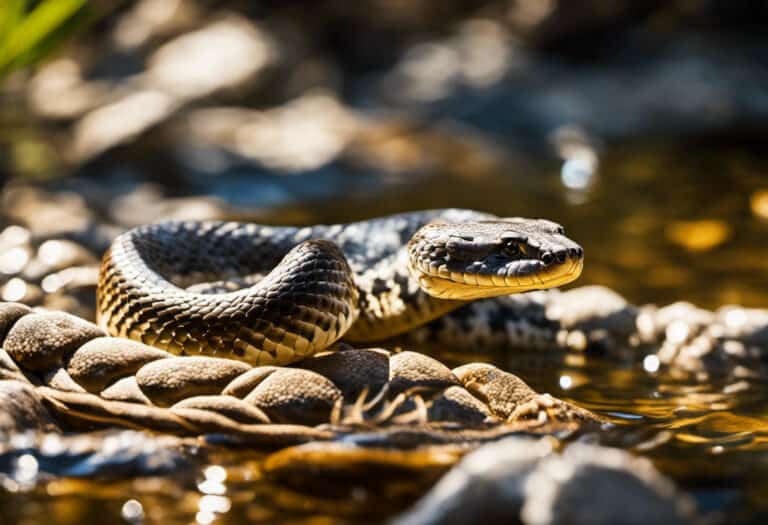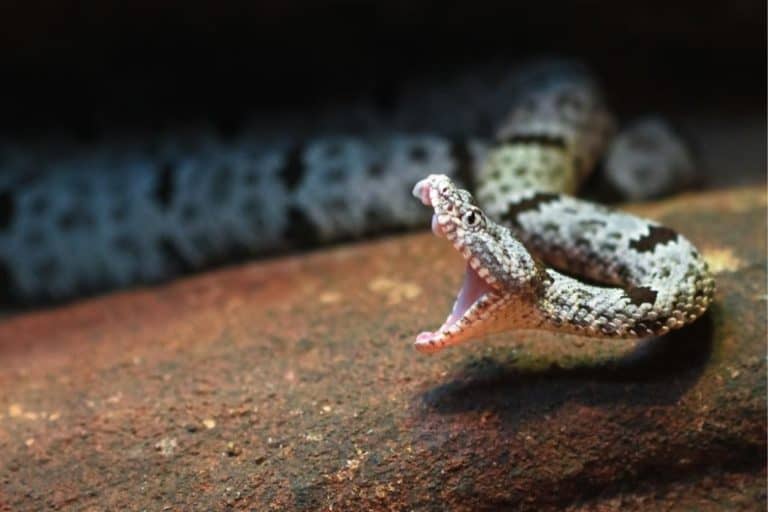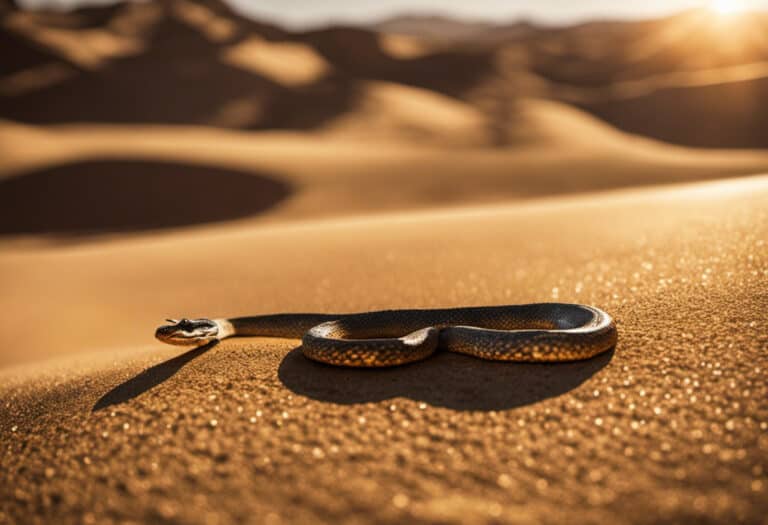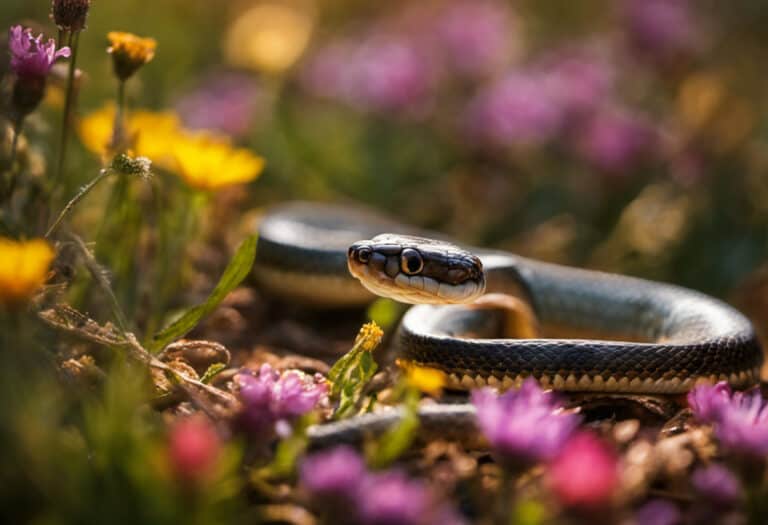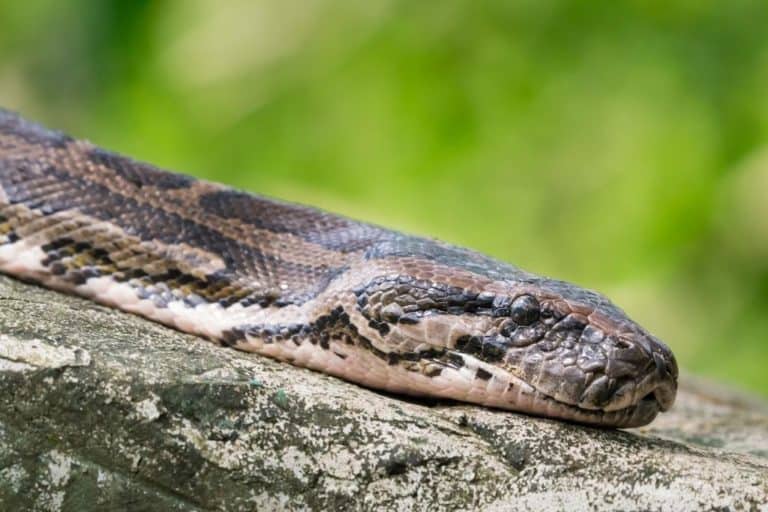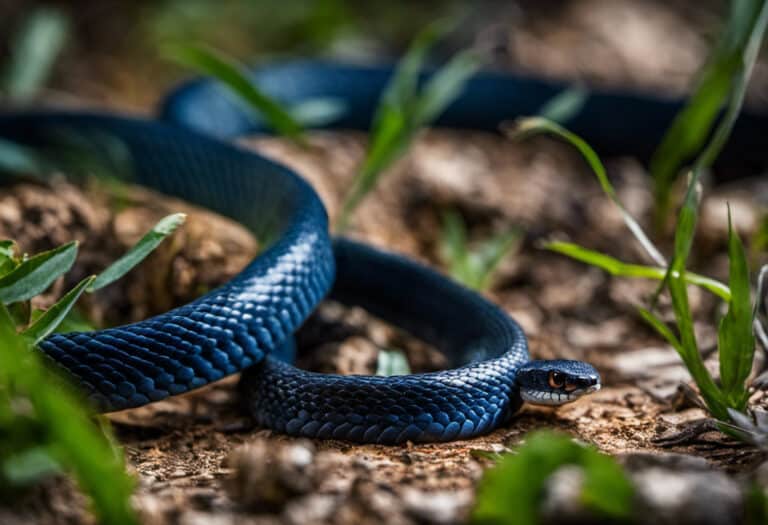Do Snakes Blink? (And Why don’t you have Eyelids)
While many people think of snakes as fearsome predators, these creatures have several unique adaptations that help them survive in the wild.
One common misconception about snakes is that they do not blink. Snakes have eyelids but are transparent and cannot be seen. Instead of blinking, snakes use their tongues to clean their eyes.
This helps to prevent dusty and sandy conditions that could damage their eyesight. In addition, the tongue also helps to pick up scents from the air, which is how snakes can track their prey.
While they may not blink in the traditional sense, snakes have several ways of keeping their eyes clean and sharp.
Why Snakes don’t you have Eyelids?
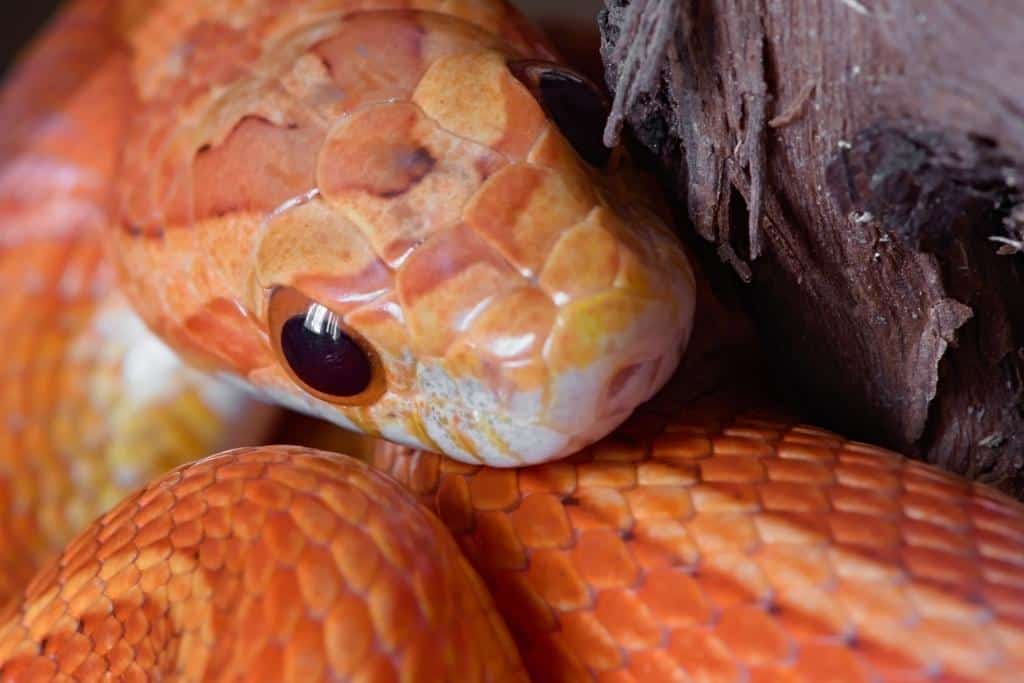
There are several reasons why snakes have evolved to do without eyelids. For one thing, eyelids can impede a snake’s vision by blurring its eyesight.
In addition, eyelids can prevent a snake from getting a full view of its surroundings.
Eyelids can also trap dirt and debris, irritating a snake’s eyes and leading to infection. Finally, snakes rely heavily on their sense of smell to find prey and avoid predators; having eyelids would hinder their ability to do this.
Do all snakes have eyes?
Snakes have eyes, but they don’t all see the same way. Some snakes, like the pit vipers, can see very well. They have heat-sensitive pits on their faces that help them detect warm-blooded prey, even in low light conditions.
Other snakes, like blind snakes, have poor vision. They rely primarily on their sense of touch to find food and navigate their environment.
Still, other snakes, like the boa constrictor, have good vision but don’t use it for hunting.
Instead, they follow the scent trails left by their prey. So while all snakes have eyes, they don’t all use them in the same way.
Are snake’s eyes necessary for survival?
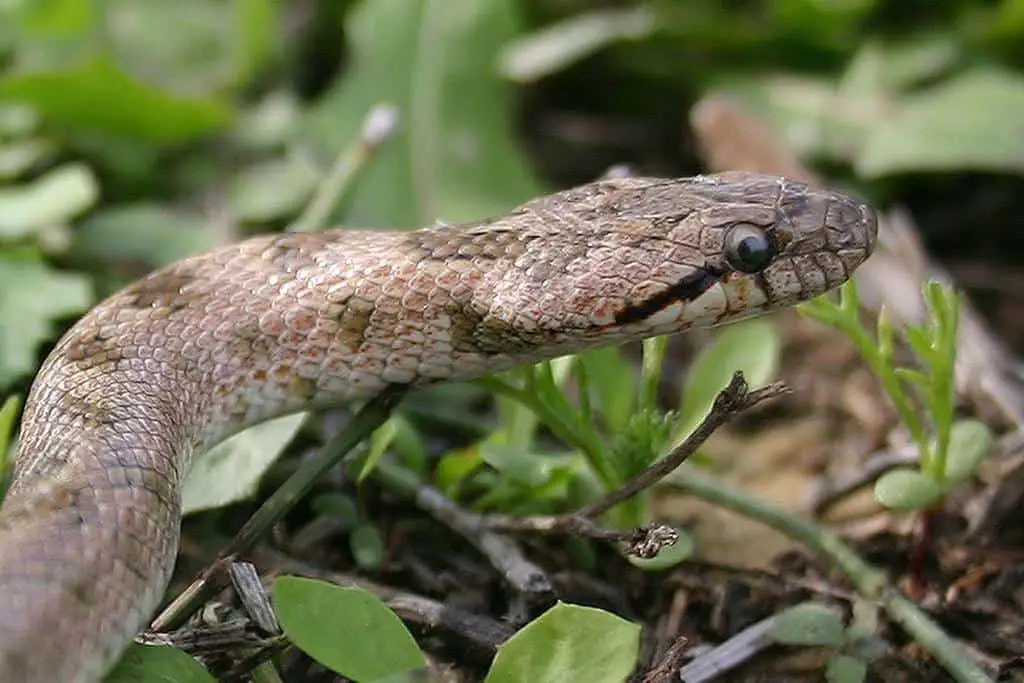
While most snakes rely more on their other senses, a few species have perfect vision.
For instance, the Cobra is known for its precise strikes, which would be impossible without sharp eyesight. Additionally, some snakes use their eyes to communicate with potential mates.
The answer may depend on the environment in which the snake lives.
For example, snakes that live in dark caves or underground burrows may not need to rely on vision to hunt and mate.
On the other hand, snakes that live in open habitats may find that their eyes give them a critical advantage.
In short, while eyesight is not essential for all snakes, it can help some species thrive in their natural environment.
How do snakes see in the dark
Snakes have excellent night vision and can see in the dark, thanks to a unique adaptation. The pupils of their eyes open very wide, allowing them to gather as much light as possible.
In addition, snakes have a reflective layer at the back of their eyes, which helps to reflect any light that does enter their eyes back towards the retina.
This gives them a second chance to absorb the light and improve their night vision. Finally, snakes have sensitive eyes, which can detect even the most minuscule amounts of light.
This combination of adaptations makes it possible for snakes to see in the dark and find their prey even when there is very little light available.
Can snakes move their eyes?
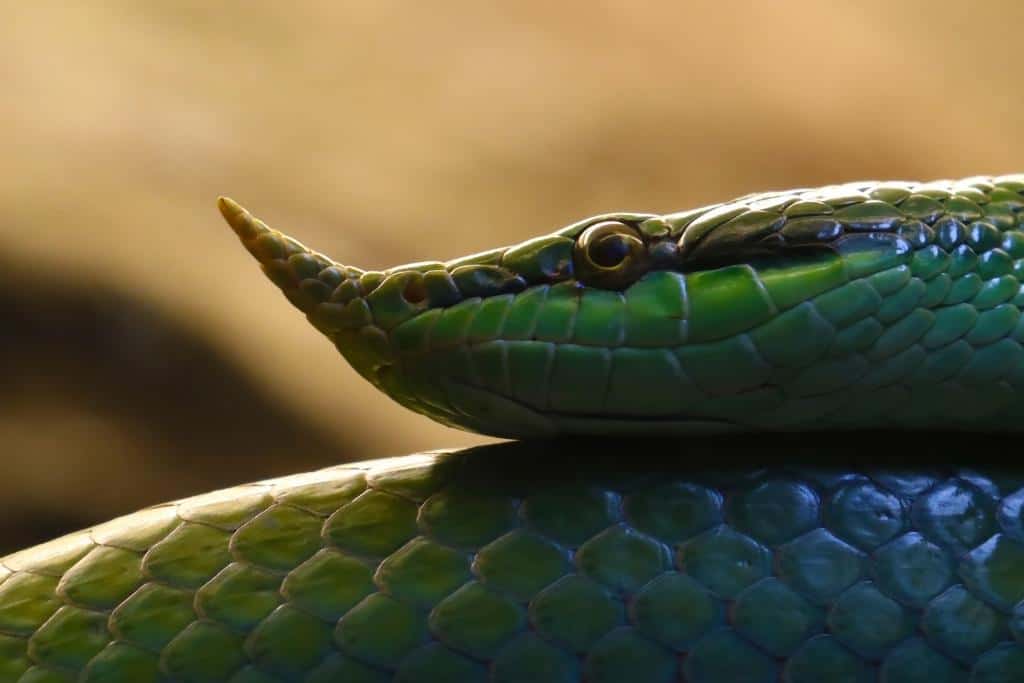
Most people think snakes have beady little eyes that can’t move, but that’s not entirely true. While it’s true that snakes can’t move their eyes in the same way that we do, they can still shift their gaze to some degree.
This is because snakes have what are known as disconjugate pupils. This means that the pupil’s right and left sides are independent, allowing the snake to direct its gaze in two different directions.
This allows them to watch predators and prey, giving them a decided advantage in the wild.
Do snakes sleep
Snakes are ectothermic, requiring external heat sources to maintain their body temperatures. As a result, snakes are most active during the day when it is warmest, and they can move around to find the perfect spot to bask in the sun.
At night, when it is more relaxed, snakes will often enter a state of torpor, similar to hibernation. In this state, snakes will slow their heart rate and metabolism to conserve energy.
However, unlike hibernating animals, snakes can emerge from torpor at any time if the temperature changes or they need to hunt for food. As a result, it is hard to say whether snakes truly sleep, but they do enter a state of rest when it is cooler outside.
Do snakes sleep with their eyes open?
Snakes do not have eyelids, so they cannot close their eyes in the conventional sense. However, they enter periods of decreased activity during which their eyes may appear to be completed.
During these periods, snakes are not asleep but resting and conserving energy. As a result, it is safe to say that snakes do not technically sleep with their eyes open, but they do spend some time with their eyes closed.
How to tell if your snake is sleeping
Snakes usually sleep during the day, when it is warm, and are active at night, when it is cooler. To tell if your snake is sleeping, look for the following signs: slow movements, coiled in a relaxed position, head resting on the ground or a branch.
If you see these signs, your snake is probably asleep. However, it is always best to err on the side of caution and not disturb a sleeping snake, as they can be easily startled and may bite.
